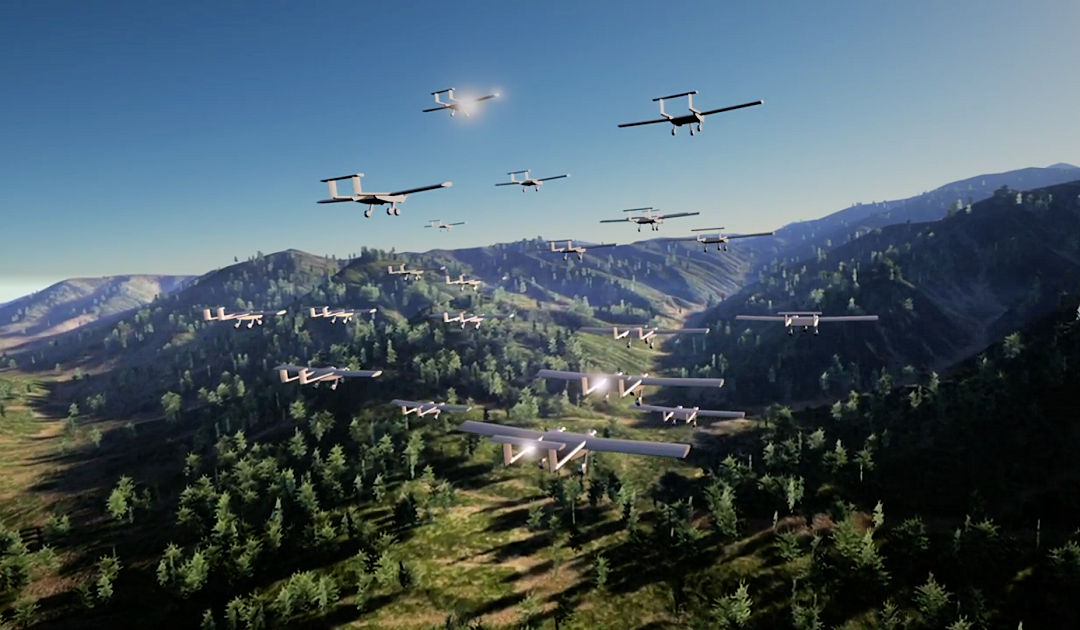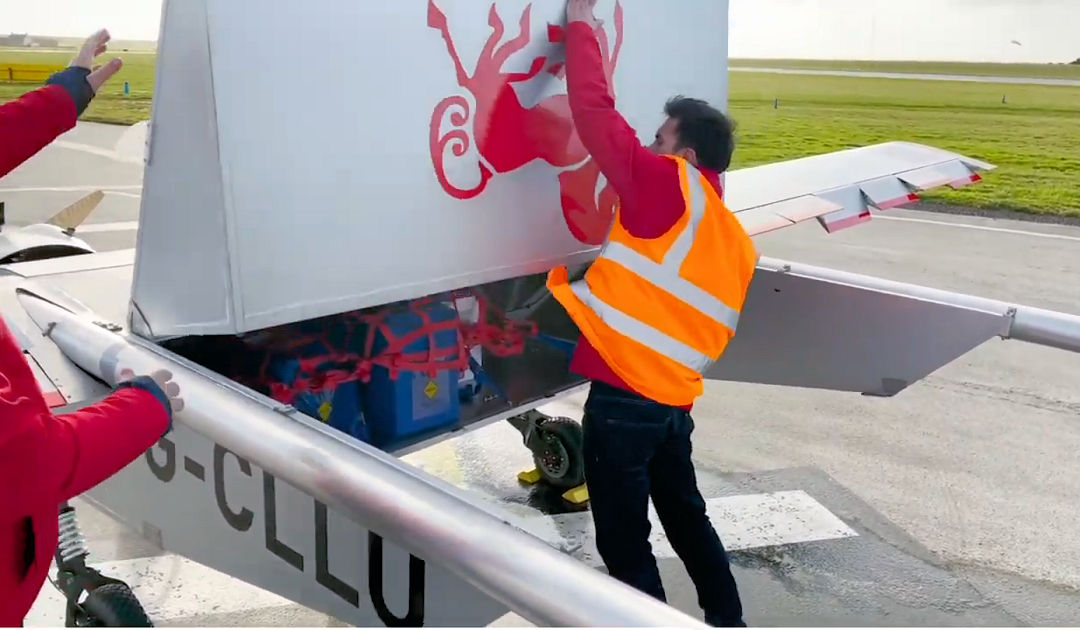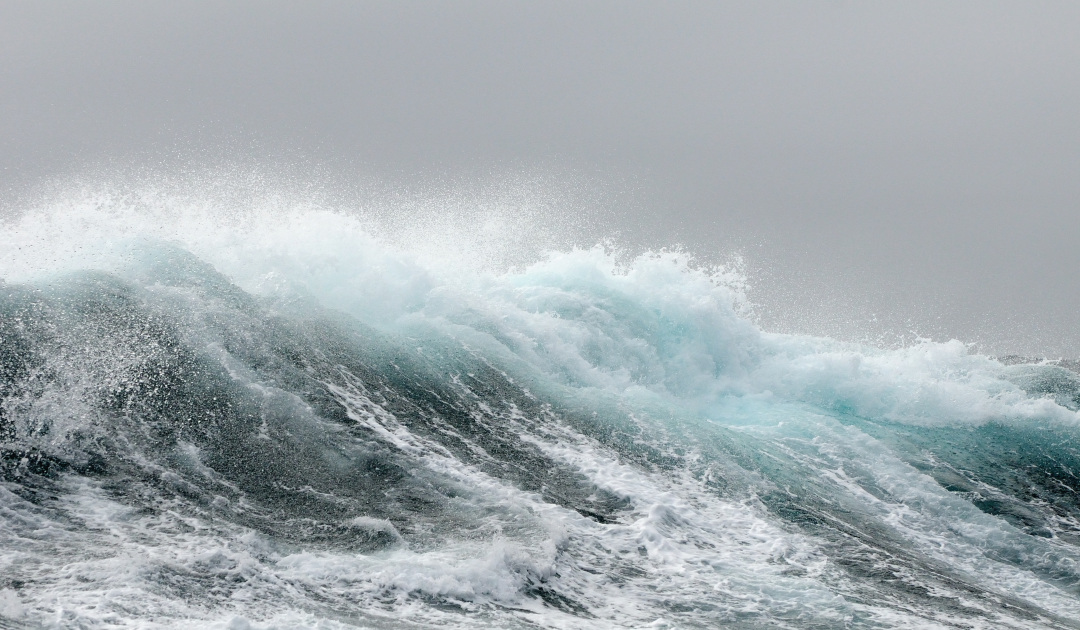
Drones have an ambivalent reputation. Often, the unmanned aerial vehicles are associated with disturbances, noise and even warfare. Yet they also have the potential to be very useful to society, for example in research. As part of its new research strategy, the British Antarctic Survey BAS is focusing on a particularly sophisticated type whose very name points to its use: the Windracers ULTRA.
The drone from British company Windracers looks nothing like Sleipnir, the eight-legged horse of Odin that actually sits in the company’s logo. And with a wingspan of 10 meters, the Windracers ULTRA is not exactly small either, but on the other hand, the drone developed by the British company of the same name impresses with some technical innovations that are worth seeing and important for BAS. For example, there is the range, which the company states to be up to 1,000 kilometers and which, thanks to a sophisticated and novel autopilot system called “Masterless ™, allows takeoffs, landings and flights with minimal intervention from the ground pilot. The drone’s payload, which is said to be around 100 kilograms, and the fact that it can power scientific equipment on board with its 200 watts also speak in its favor. In addition, the Windracers ULTRA, operated with fixed wings and two propellers, is very quiet and particularly low in emissions, which is entirely in line with BAS and its net-zero emissions strategy by 2040.
The biggest advantage, however, is the SWARM technology of the Windracers ULTRA. With the help of artificial intelligence, several drones can act like a swarm and fly collectively over areas in a controlled manner. This is particularly helpful for BAS glacier and sea ice research in Antarctica.
The use of drones especially in Antarctica is not without controversy. The extreme climatic conditions such as cold, strong winds and sudden weather changes pose a considerable challenge. Losing a drone in the sensitive regions is not only a cost issue, but also an environmental one due to potential environmental damage and disturbance to the fragile Antarctic nature. Therefore, there are strict requirements to the use of the technology as well as for the pilots. The use of unmanned aerial and underwater vehicles is decided in each case by the national Antarctic program responsible for managing the individual Antarctic sector. Recreational pilots who only want to capture their vacation memories with drone footage are prohibited from taking their small flying machines into the air. On the other hand, more and more national research programs are using drones to obtain data on the Antarctic environment and climate in a cheaper and safer way.
BAS is also focusing on the smaller aircraft in its strategy for the future, as Interim BAS Science Manager Dr. Dominic Hodgson explains, “UAV drones will allow us to gather new and a broader range of science data in an effective, lower-carbon and lower cost manner than traditional crewed aviation – with the added benefit of greater levels of safety.”
The aircraft from the Southampton-based company seems ideal for the extreme conditions. Indeed, the Windracers ULTRA is said to be able to continue flying safely on its own even in the event of a propeller failure or the failure of an on-board computer. The company’s confidence in this is based on its strategy that “no single flight computer directly controls the aircraft, so the aircraft will still fly safely even if a component fails or provides incorrect data,” as Windracers explains.


Carl Robinson, the department head for the deployment of unmanned aerial vehicles at BAS, is also convinced by the Windracers ULTRA: “The ULTRA’s range and speed, and systems redundancy are well suited to the Polar environment and make for an attractive science platform.” That’s why BAS plans to put the drone through its paces in real-world conditions this season. Missions will include observing krill over more open water areas, investigating tectonic structures using magnetic and gravity sensors, and determining glacial surface structures with radar. In addition, the drone will also test a probe to measure atmospheric turbulence between the ocean and the atmosphere, which is a particularly challenging mission.
However, Windracers is confident that their product will pass the testing phase. “Our autonomous aircraft is able to collect a broad range of critical science data in places that are difficult and dangerous to reach. This is key for the future of research in high interest areas including climate change,” explains Stephen Wright, co-founder and chairman of Windracers. To him, the future of exploration in Antarctica and other sensitive and extreme locations lies in further technical development of drones: “Future UAV science missions could involve air-dropping marine sensors, investigating the flow of water beneath ice shelves, or investigating areas inaccessible with traditional platforms in Antarctica and beyond.”
If he is right and the Windracers ULTRA meet the high requirements, Odin’s horse could soon appear more frequently in the skies over Antarctica.
Dr Michael Wenger, PolarJournal
Link to the Windracers website
More about this topic





